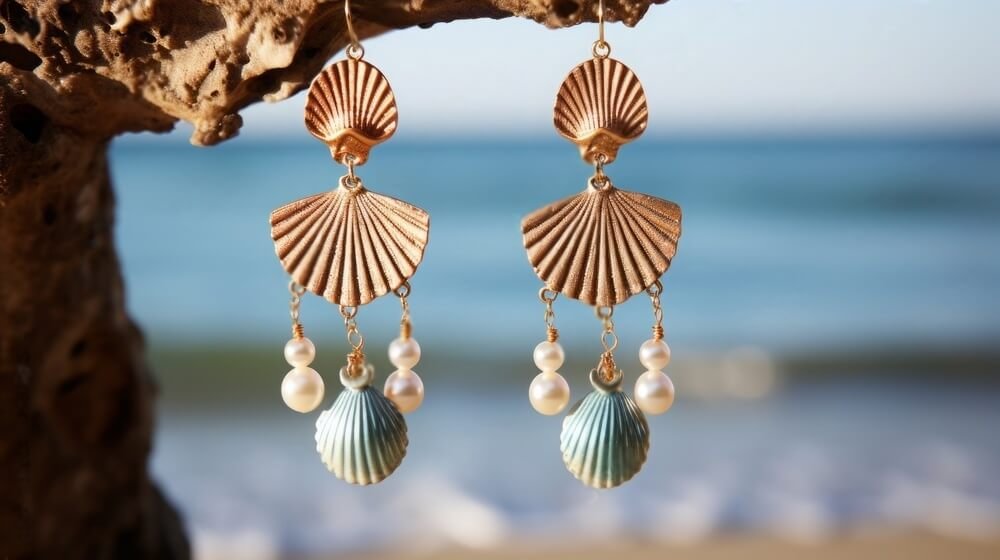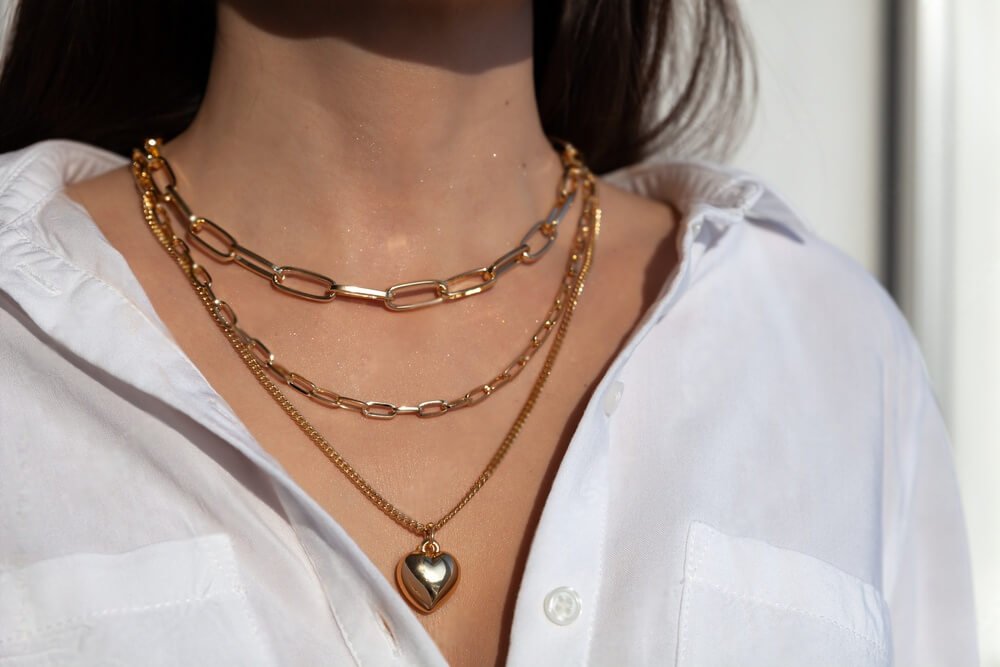When it comes to jewelry, skin sensitivity is a common concern. Many people worry about allergic reactions to the metals used in their favorite accessories. Sterling silver is a popular choice for jewelry due to its beauty, durability and affordability. But is sterling silver hypoallergenic?
Let’s explore the properties of sterling silver, its composition and how it interacts with the skin to answer this question.
What is Sterling Silver?
Sterling silver is an alloy, which means it’s a mixture of metals. Pure silver or fine silver, is too soft for practical use in most jewelry applications, so it’s combined with other metals to enhance its strength and durability.
Sterling silver specifically refers to an alloy that contains 92.5% pure silver and 7.5% other metals, usually copper. This blend is often stamped with “925” to indicate its silver content.
Is Sterling Silver Hypoallergenic?
Yes, sterling silver is generally considered hypoallergenic. The term “hypoallergenic” means that a material is less likely to cause an allergic reaction. For a metal to be hypoallergenic, it must not contain common allergens such as nickel, which is a major culprit in metal allergies.
Nickel and Allergies:
Nickel allergies are widespread, affecting a significant portion of the population. When nickel comes into contact with the skin, it can cause an allergic reaction characterized by redness, itching and even blistering. Therefore, people with sensitive skin are often advised to avoid nickel-containing jewelry.
Is Sterling Silver Nickel-Free?
In its pure form, sterling silver does not contain nickel. The 7.5% of other metals in sterling silver is typically copper, which is generally considered non-allergenic.
Some manufacturers might add trace amounts of nickel to the alloy. Therefore, if you have a known nickel allergy, it’s crucial to purchase sterling silver jewelry from reputable sources that guarantee their products are nickel-free.
Common Causes of Allergic Reactions to Sterling Silver:
While sterling silver is largely hypoallergenic, some individuals may still experience reactions. This is usually due to:
- Trace Nickel Content: As mentioned, some lower-quality sterling silver may contain trace amounts of nickel.
- Copper Allergies: Though rare, some people may be allergic to copper.
- Skin Sensitivity to Oxidation: Sterling silver can tarnish when exposed to air, moisture, or certain chemicals. This tarnish, a result of oxidation, can sometimes irritate sensitive skin.
Caring for Sterling Silver to Prevent Reactions:
To minimize the risk of allergic reactions and maintain the beauty of your sterling silver jewelry, proper care is essential:
- Regular Cleaning: Clean your jewelry regularly with a soft cloth and mild soap to remove any build-up of oils and dirt.
- Avoid Moisture: Store your sterling silver pieces in a dry, airtight container to prevent tarnishing.
- Keep Away from Chemicals: Avoid exposing your jewelry to harsh chemicals, such as chlorine, bleach, or household cleaners.
Conclusion:
Sterling silver is generally considered hypoallergenic due to its lack of nickel and its composition mainly of pure silver and copper. However, individuals with extremely sensitive skin or specific allergies should be cautious and opt for high-quality, nickel-free sterling silver from reputable sources.
FAQs
Is Stainless Steel Hypoallergenic?
Stainless steel is generally considered hypoallergenic, especially grades like 316L or surgical stainless steel, which contain very low levels of nickel. These grades are often used in medical implants and body jewelry due to their high corrosion resistance and low risk of causing allergic reactions.
Is Sterling Silver Nickel-Free?
Sterling silver, by definition, should not contain nickel as its alloy typically comprises 92.5% pure silver and 7.5% copper. However, some lower-quality sterling silver jewelry may contain trace amounts of nickel, so it’s crucial to purchase from reputable sources if you have a nickel allergy.
Is 925 Sterling Silver Hypoallergenic?
Yes, 925 sterling silver, which denotes that the alloy contains 92.5% pure silver, is generally hypoallergenic. The remaining 7.5% is usually copper, which is less likely to cause allergic reactions. However, always ensure that the sterling silver you buy is nickel-free, especially if you have sensitive skin.













